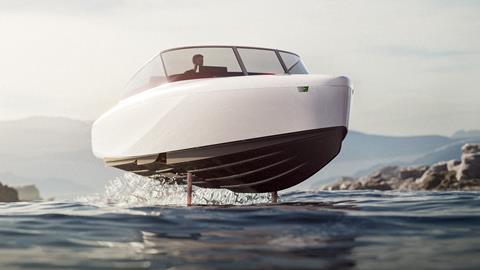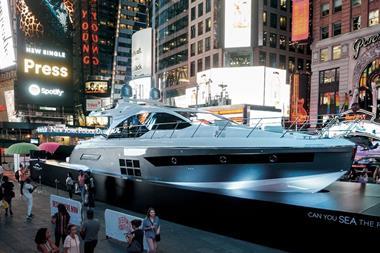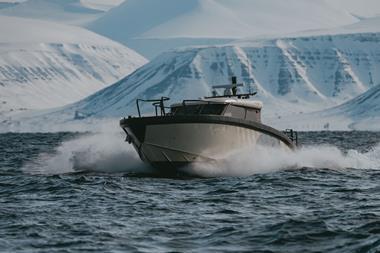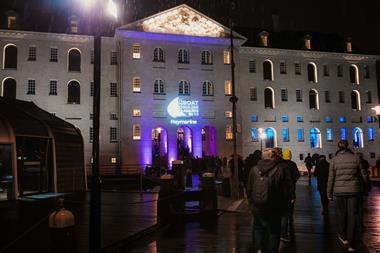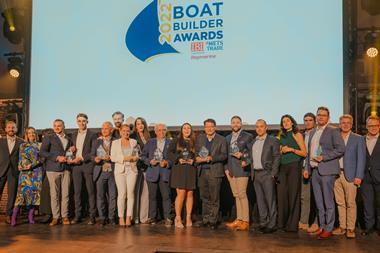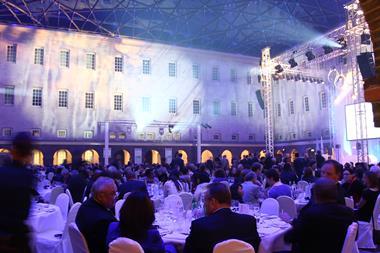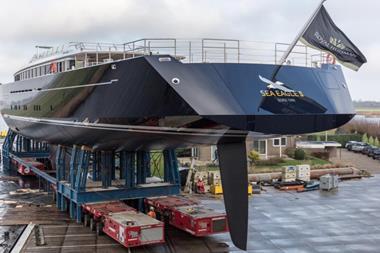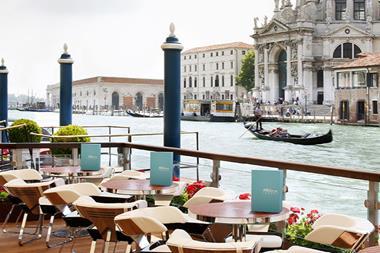The Innovative On-Board Design Solution award sponsored by Fusion, recognises the most creative innovations our industry has to offer - but what exactly is innovation, and why do some innovations stand out? IBI explores the concept with Arjen Jansen, a lecturer at the Faculty of Industrial Design Engineering at the Delft University of Technology in the Netherlands
If you had to name a standout innovation transforming our industry of late, most money would be on the hydrofoil. Candela has undoubtedly been one of the most successful in harnessing such technology with its C-7 and C-8 electric hydrofoils, earning the Swedish builder the accolade of joint winner – along with Sunseeker for the brilliantly conceived design of its 65 Sport Yacht SkyHelm – in the Innovative On-Board Design Solution category at last year’s Boat Builder Awards in Amsterdam.
Innovation is the sweet spot combining Viability, Feasibility & Desirability.
– Delft University lecturer, Arjen Jansen
Innovation has become one of the major buzzwords – we think we know it when we see it, but what exactly is innovation? IBI put the question to Arjen Jansen, a lecturer at the Faculty of Industrial Design Engineering at the Delft University of Technology in the Netherlands. One of the world’s leading design, engineering and technology learning establishments, its 3,000 students are taught a vast array of design disciplines from new apps for mobile phones to complete aeroplane interiors. “Anything you see around us could have been designed by one of our students!” Jansen tells IBI.
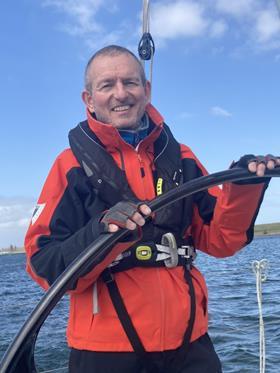
So what is innovation?
“You can probably find 20 or 30 definitions of the word,” says Jansen, who has lectured on the subject in Japan. “An innovation is something new that adds value to people – makes people happier or their life easier – if it’s new and doesn’t add value, why bother?”
Jansen explains: “We see it as a triangle – the three points being ‘Technology’, ‘Business’ and ‘Human’. Anything the students design needs to be a viable business proposition – it needs to fit in a business proposal. If we can’t make money out of it, there’s no point. It needs to be desirable too; consumers need to want to use the new product. It should solve a user’s problem and it should be feasible. We’re not dreaming about stuff. It’s in this triangle you need to find the sweet spot, which we call Viability, Feasibility and Desirability.”
According to Jansen there are four different levels of innovation, the level most people and companies are working on, being Incremental Innovation. “You take a TV. We used to have big Cathode Ray Tubes (CRT), then -I believe it was the late 80’s- Sony introduced a flatscreen. Essentially using the same technology; products become a little bit cheaper, better for the environment, you get a remote control etc.
Then you get the next level; Product Innovation – in the case of TVs it would be the LCD screen – a different type of technology used for the same function.

The third level is Function Innovation – that’s where things become interesting. This is when you really have to start thinking about the desirability of the product. For instance, the last time I used terrestrial TV was to watch the Dutch football championships – most of the time I’m looking at Netflix, YouTube… I’m using my laptop, phone, iPad… the function of my TV has changed.
Finally there’s System innovation – that’s about technology that can be done. For example, why am I carrying around iPads, hostage to a computer or TV? Maybe there’s something that can be inserted into my body that will allow me to watch images when I close my eyes. That really is the top end of innovation – and ‘top end’ in every way - it takes you a long time to achieve it, it’s high risk and will probably need a large investment. But it is also top-end because it can really pay off.”
Perception is also a key component. Jansen cites one popular breakfast cereal manufacturer that decided to change the name and rotate by 45 degrees the small rectangle of wheat pictured on the front of the cereal box – the result? Diamond Shreddies. “They asked consumers whether they liked the innovation or disliked it. The product was exactly the same, but people were saying Diamond Shreddies tasted better!”
In essence, innovation can be in the eye of the beholder. Take for instance some modern rigging systems that forego backstays and use a main sail that’s wider at the top. “That’s practically a gaff schooner. Sometimes innovation is rediscovering something from the past, or even simply window dressing.”
Is the rate of innovation increasing?
Again, that’s purely perception, says Jansen. “Sailing boat design is more or less the same as 30 years ago - a mast somewhere in the middle, a mainsail and gib, and someone at the back with a wheel or tiller. New rig designs could therefor be labelled as Incremental innovations.
When you talk about foiling, now you can say we’re taking a different direction. If you were to invent the catamaran today, that would be a real breakthrough. For boatbuilders, the levels of innovation tend to be somewhere between Incremental and Product Innovation.”

Jansen references the TEMO 450 electric outboard that took top honours in the DAME R&D Excellence in Adversity Award, at METSTRADE in 2020. “TEMO is a real innovation on the Product level – it didn’t look like a standard outboard – had a totally different way of being used. They took a designer’s approach and changed something that had been the same for decades.”
As one might expect, the marketing of a particular innovation can make all the difference. “You have to say you’re innovative now, some companies do it better than others. Take Nike and their Air shoes. The product was an improvement yes, but they created the hype around it. A company like Nike sees the value of innovations and really works it.”
Make a difference – Boat Builder Awards 2022, in association with Raymarine
Do you know a production boat or superyacht builder
that has taken on-board innovation to another level? Be sure to nominate
the builder and particular boat for the 2022 Innovative On-Board Solution award,
sponsored by Fusion.
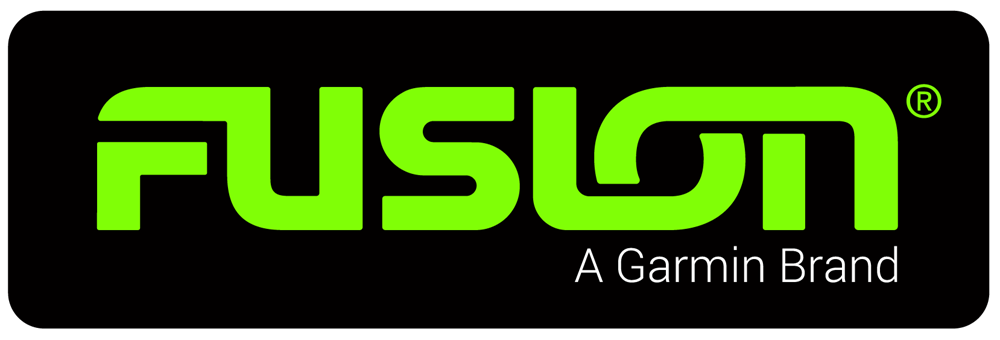
’Innovative On-board Solution’ past winners
2021 (Joint Winner) – Candela Technology
2021 (Joint Winner) – Sunseeker International
2019 – Benetti
2018 – Galeon
2017 – Sunseeker International
2016 – Ferretti
2015 – Galeon
The Boat Builder Awards, held in association with Raymarine, are jointly organsied by IBI and METSTRADE. This year’s event will take place at the Maritime Museum in Amsterdam on the evening of Tuesday, November 15. For more information and tickets visit boatbuilderawards.com


